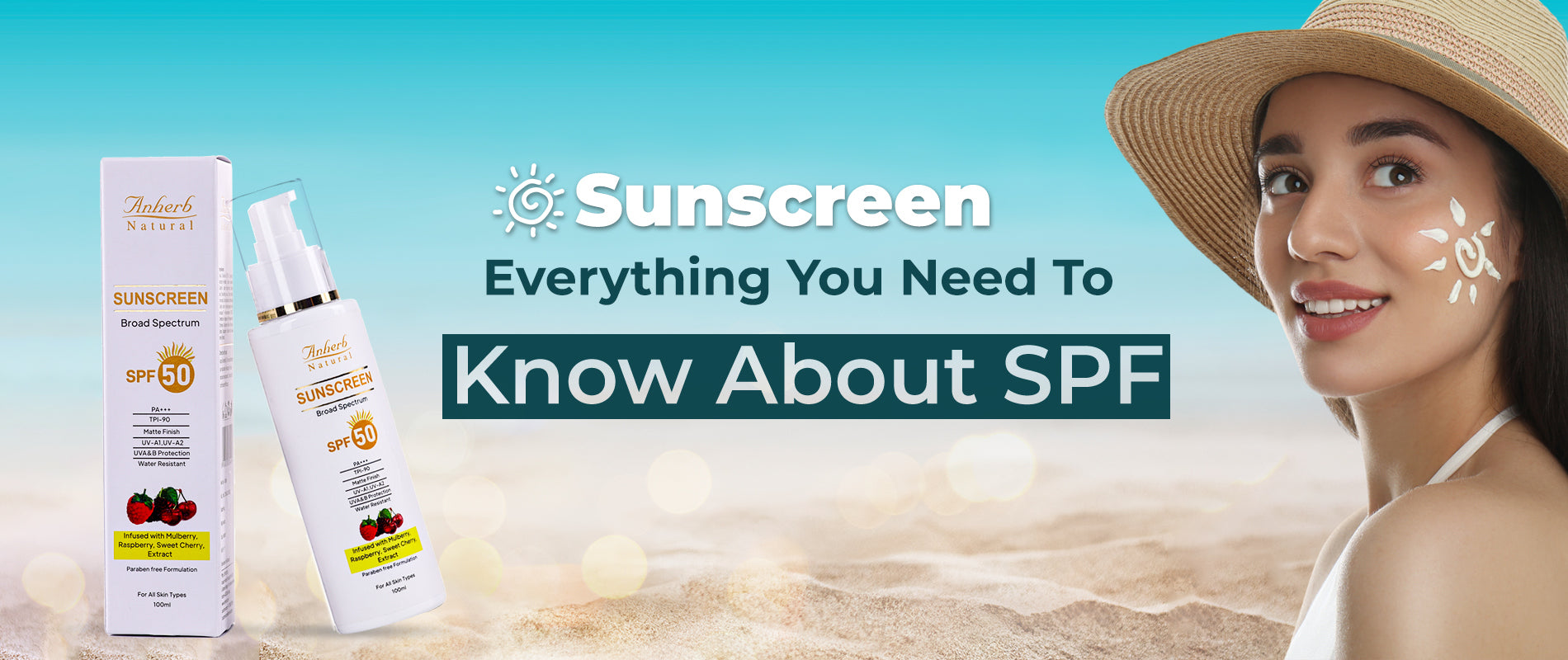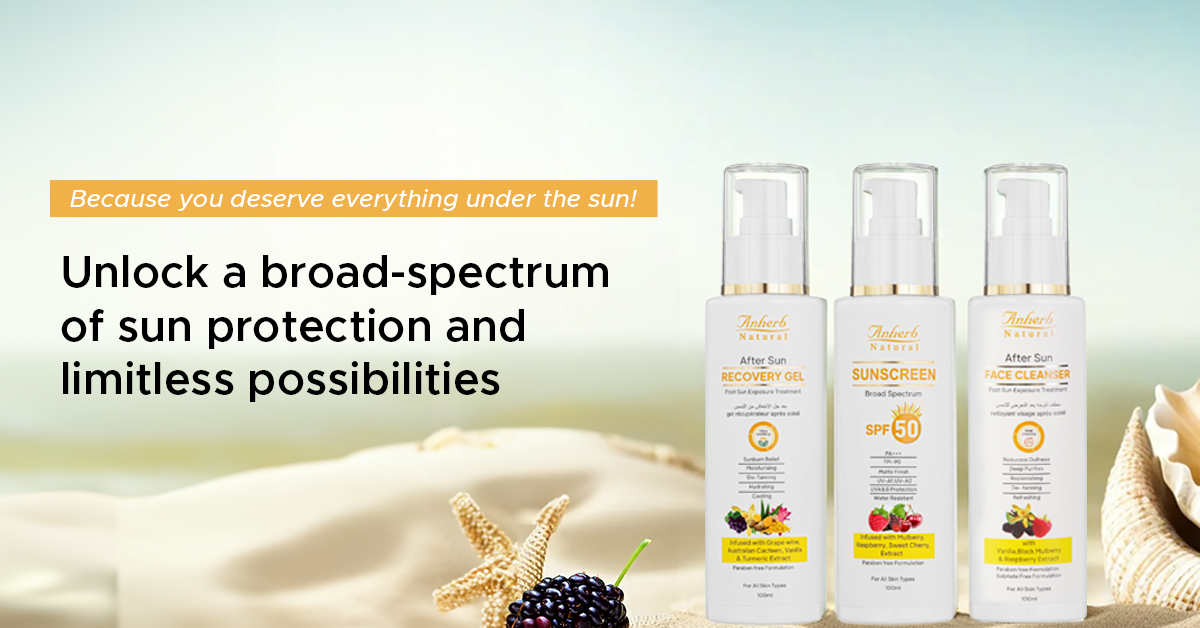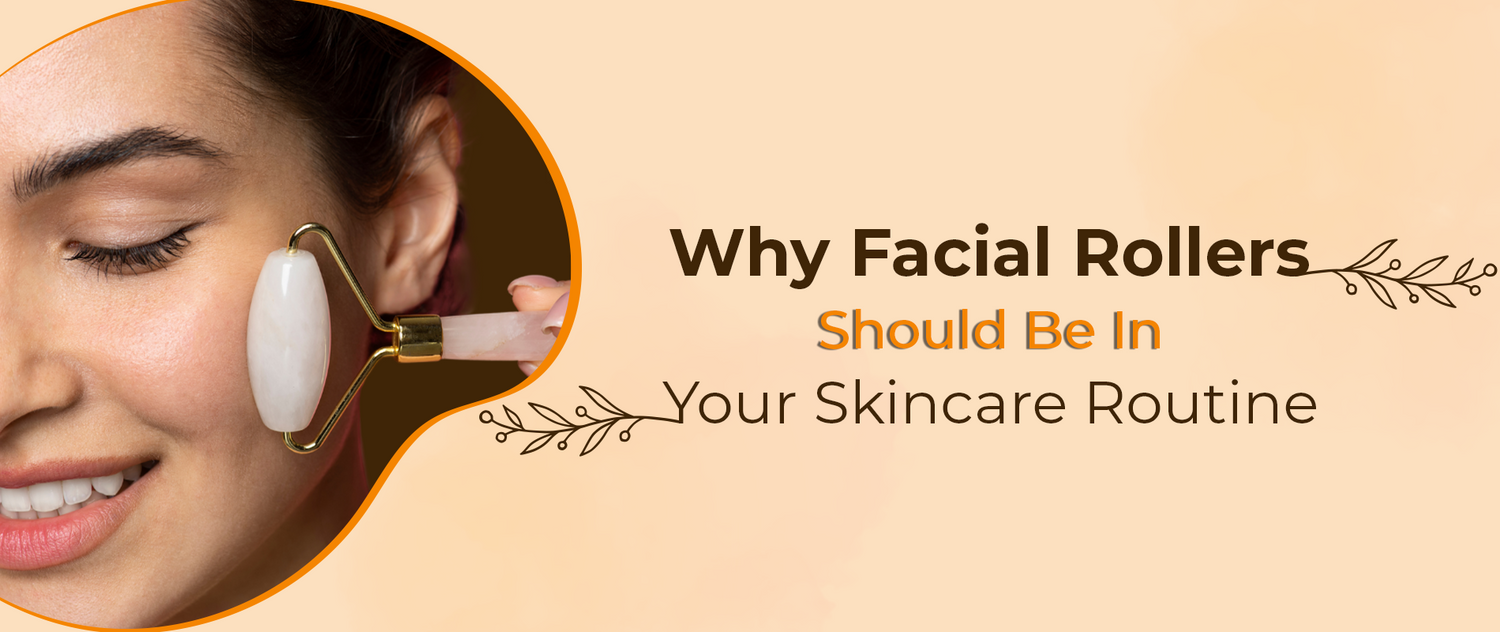After a long winter, everyone gets excited for warmer and sunnier days. Whether it's on the beach, at a lake or in your backyard, plans for soaking up some rays should include sunscreen.
How Does Sunscreen Work?
Sunscreen contains UV filters, which absorb or reflect some of the sun's UV rays. Sunscreens are classified into two types: chemical and mineral.
To give sun protection, chemical sunscreen absorbs UV energy and covers it with heat, whereas mineral sunscreen reflects UV rays off the skin. Both varieties offer adequate sun protection. Mineral sunscreen is the best option for persons with sensitive skin since it creates a physical barrier between the skin and the sun's rays.
SPF Explained
SPF stand for “Sun Protection Factor,” and it’s how we measure protection from the sun’s UVB rays. For example, SPF 15 blocks 93% of UVB rays, SPF 30 blocks 97% and SPF 50 blocks 98%. Staying between 30 to 50 is sufficient protection without feeling a false sense of complete sun protection with an option over 50.
Difference Between UVA And UVB Rays
UVA and UVB rays are two kinds of ultraviolet radiation that reach the earth's surface from the sun. While UVB rays do not penetrate as deeply as UVA rays, they induce sunburn and are the primary cause of skin cancer. UVA rays also contribute to the development of skin cancer, but their penetration into the deeper layers of the skin causes premature ageing and wrinkles. UVA photons account for 95% of UV radiation that reaches the earth's surface.
Benefits Of Using Sunscreen
Wearing sunscreen is the best way to protect yourself against skin cancer. Sunscreen prevents visible signs of ageing such as fine lines, dark spots and loss of firmness. Sun exposure degrades the collagen and elastin fibres, hence why skin may appear leathery and dull.
People who do not wear sunscreen daily tend to see signs of ageing much earlier than expected.
How And When To Apply Sunscreen?
Your first application of sunscreen should happen about 15 minutes before you go outside and it should always be applied to dry skin. All areas of skin not covered by clothing should have sunscreen on them.
Sunscreen should be reapplied every 2 hours, or more often if you’re swimming or sweating. To get the full protection of your sunscreen SPF, you need to apply it generously. Most people only apply about 25 to 50 per cent of the recommended amount of sunscreen, which is one ounce of sunscreen with each application.
The best sunscreen for you is the sunscreen you will want to wear each and every day. Some sunscreens may blend into your skin tone better, you may like the scent of some more than others, and so on. But rest assured there is a perfect pick for you. Anherb Natural Sunscreen is SPF 50 and gives you the protection your skin deserves in this heat. It is filled with natural ingredients such as berries which protect you from harmful UV rays.





